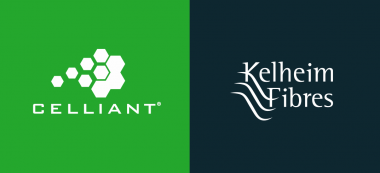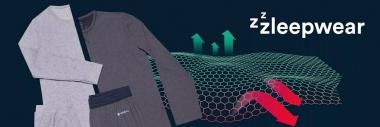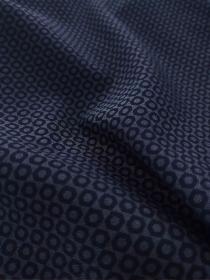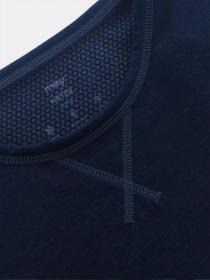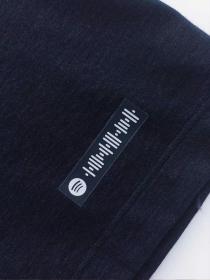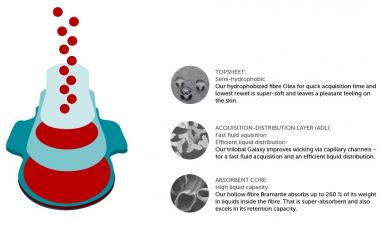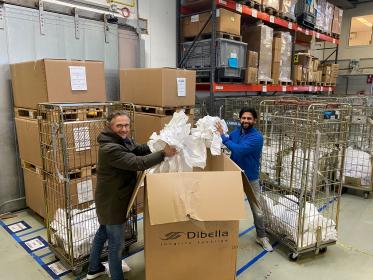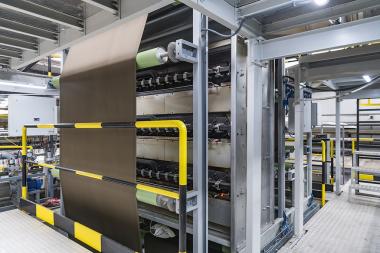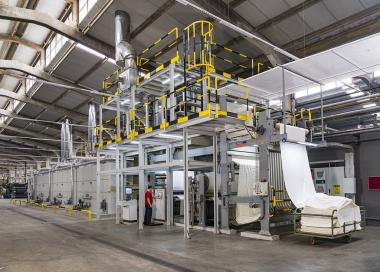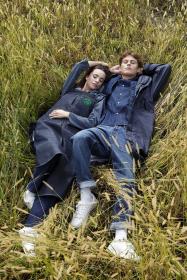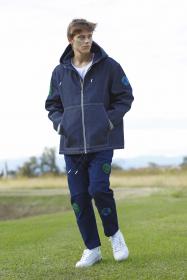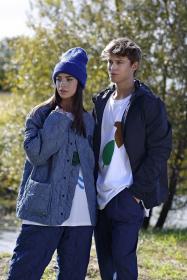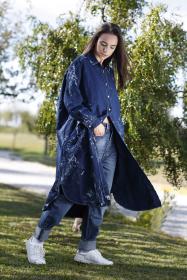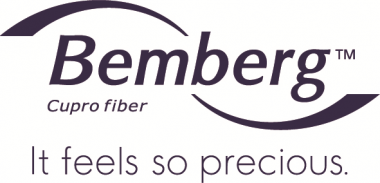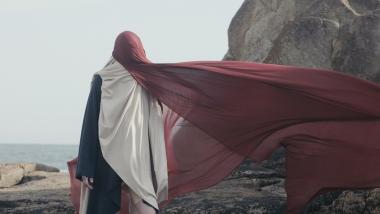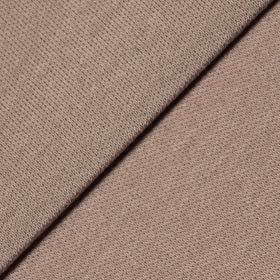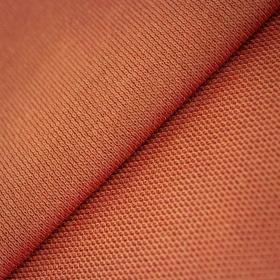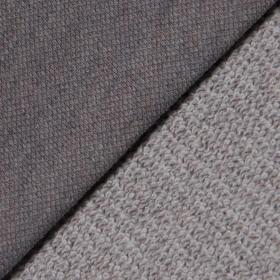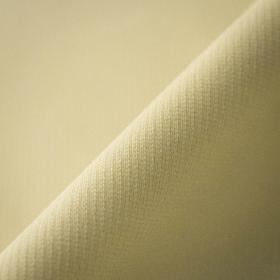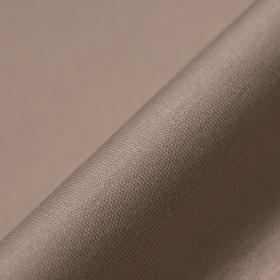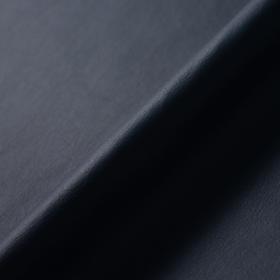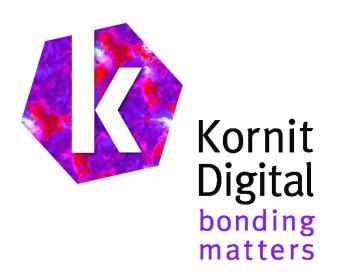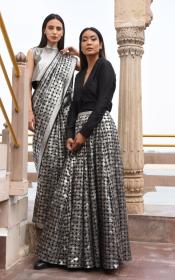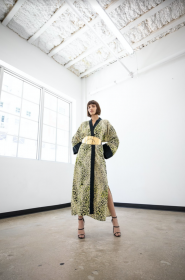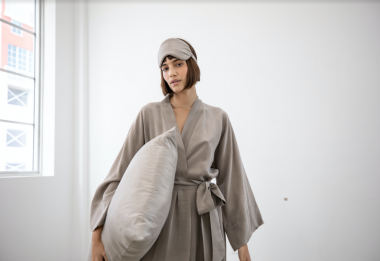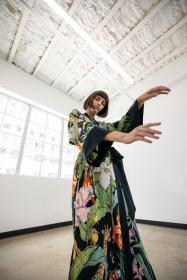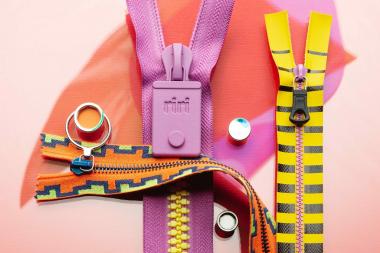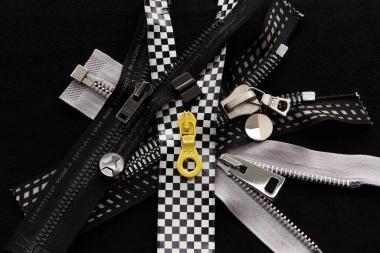Hologenix and Kelheim Fibres launch Celliant Viscose
Hologenix, creators of Celliant®, infrared responsive technology, and Kelheim Fibres, a world-leading manufacturer of viscose specialty fibers, have partnered to launch Celliant Viscose at ISPO Munich 2021. Celliant Viscose is a finalist in Best Products by ISPO and will be showcased in the Fibers & Insulations Category for ISPO Textrends, where realistic views and 3-D simulations will be available for each material.
The introduction of nature-based Celliant Viscose will be the first in-fiber infrared sustainable solution on the market and meets a consumer demand for more environmentally friendly textiles. An alternative to synthetic fibers and extremely versatile, Celliant Viscose blends beautifully with cotton, micromodal, lyocell, wool varieties including cashmere. It also has many applications across industries as it is ideal for performance wear, luxury loungewear, casual wear and bedding.
Celliant Viscose features natural, ethically sourced minerals embedded into plant-based fibers to create infrared products that capture and convert body heat into infrared, increasing local circulation and improved cellular oxygenation. This results in stronger performance, faster recovery and better sleep.
Celliant Viscose provides all the benefits of being a viscose fiber — lightweight, soft, highly breathable, excellent moisture management — as well as fiber enhancements from Celliant infrared technology. Celliant’s proprietary blend of natural minerals allows textiles to capture and convert body heat into full-spectrum infrared energy, resulting in stronger performance, faster recovery and better sleep. In addition, Celliant is durable and will not wash out, lasting the useful life of the product it powers.
An Affordable, Long-lasting Solution with Diverse Applications
As opposed to other IR viscose products which are coatings based, Celliant Viscose’s in-fiber solution increases wearability and longevity with a soft feel, durability from washing and longer life. The combination of Kelheim’s distinctive technology and the Celliant additives creates this unique fiber that provides full functionality without the need for any additional processing step — a new standard in the field of sustainable IR viscose fibers. This single processing also makes Celliant Viscose more cost-effective and time-efficient than coatings.
In addition, Kelheim’s flexible technology allows targeted interventions in the viscose fiber process. By modifying the fiber’s dimensions or cross sections or by incorporating additives into the fiber matrix, Kelheim can precisely define the fiber’s properties according to the specific needs of the end product.
Highly Sustainable
Celliant Viscose is a plant and mineral-based solution for brands seeking an alternative to synthetic fibers. It contains natural raw materials that are from the earth and can return safely to the earth.
Nature-based Celliant Viscose is certified by FSC® or PEFC™, which guarantees the origin in sustainably managed plantations, and is part of the CanopyStyle initiative to protect ancient and endangered forests. The production of Celliant Viscose takes place exclusively at the Kelheim facilities in Germany, complying with the country’s strict environmental laws and guaranteeing an overall eco-friendly product.
Backed by Science
Celliant is rigorously tested by a Science Advisory Board composed of experts in the fields of physics, biology, chemistry and medicine. The Science Advisory Board has overseen 10 clinical, technical and physical trials, and seven published studies that demonstrate Celliant’s effectiveness and the benefits of infrared energy.
For more information, visit www.celliant.com/celliant-viscose/
Kelheim Fibres GmbH


